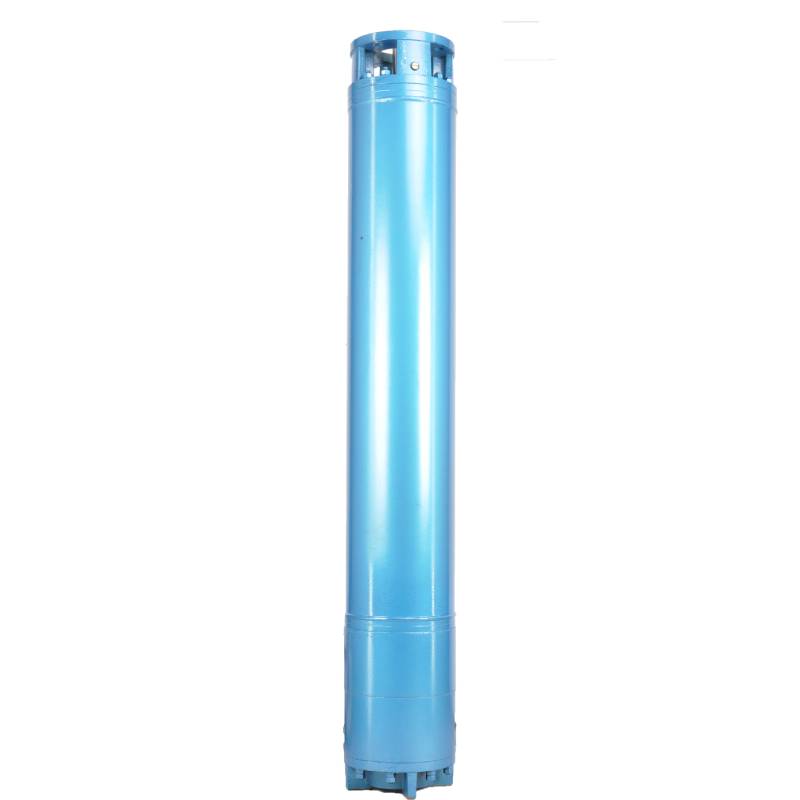Sep . 25, 2024 20:26 Back to list
submersible vs jet pump
Submersible vs. Jet Pump Which Is Right for Your Needs?
When it comes to extracting water for residential, agricultural, or industrial use, selecting the right type of pump is crucial. Among the many options available, submersible pumps and jet pumps are two popular choices. Each has its unique advantages and drawbacks, making them suitable for different applications. This article will provide a detailed comparison of submersible and jet pumps, helping you make an informed decision on which pump is right for your needs.
Submersible Pumps
As the name suggests, submersible pumps are designed to be submerged underwater. They consist of a sealed motor and pump assembly, which works efficiently in drawing water from deep wells or aquifers. Here are some of the key features and benefits of submersible pumps
1. Efficiency Submersible pumps are highly efficient, as they are pushed directly to the surface rather than having to draw water up. This reduces energy consumption and contributes to lower operational costs.
2. Suitable for Deep Wells These pumps can operate at greater depths compared to jet pumps. Submersible pumps can function well in wells that are hundreds of feet deep, making them ideal for rural areas with deep aquifers.
3. Less Noise Since the pump is submerged, operational noise is significantly reduced, making it a preferred choice for residential applications.
However, there are some limitations to consider. The installation of a submersible pump can be more complicated and costly due to the need for a well casing and additional accessories. Furthermore, if the pump fails, retrieval can be challenging, often requiring specialized equipment.
Jet Pumps
submersible vs jet pump

Jet pumps, on the other hand, work by creating a vacuum that allows water to be drawn upward from a well to the surface. They are typically installed above ground and are commonly used in shallow wells. Key features of jet pumps include
1. Versatility Jet pumps can be used in both shallow and deep applications. However, their efficiency decreases significantly in deeper wells compared to submersible pumps.
2. Easier Maintenance As they are installed above ground, jet pumps are easier to access for repairs and maintenance. This can be a significant advantage for owners seeking low-maintenance solutions.
3. Lower Initial Cost Jet pumps typically have a lower upfront cost, making them an attractive option for budget-conscious consumers or small-scale operations.
4. Ideal for Shallow Wells Jet pumps excel in drawing water from shallow wells (up to about 25 feet) and can effectively deliver water for various household applications, such as irrigation and domestic use.
Despite these advantages, jet pumps have their downsides. They can be less efficient in terms of energy consumption, especially in deep applications. Additionally, they usually generate more noise than submersible pumps during operation, which can be a concern in residential settings.
Conclusion
In summary, the choice between submersible and jet pumps largely depends on your specific needs. If you require a pump for a deep well with high efficiency and minimal noise, a submersible pump may be your best bet. Conversely, if you are looking for a cost-effective option for shallow applications with easier maintenance, a jet pump could be the right choice.
Ultimately, understanding the operational environment, the depth of the water source, and your budget will guide you in selecting the most suitable pump for your requirements. Consider consulting with a professional to evaluate your specific needs and obtain a tailored recommendation for your pumping system.
-
Submersible Water Pump: The Efficient 'Power Pioneer' of the Underwater World
NewsJul.01,2025
-
Submersible Pond Pump: The Hidden Guardian of Water Landscape Ecology
NewsJul.01,2025
-
Stainless Well Pump: A Reliable and Durable Pumping Main Force
NewsJul.01,2025
-
Stainless Steel Submersible Pump: An Efficient and Versatile Tool for Underwater Operations
NewsJul.01,2025
-
Deep Well Submersible Pump: An Efficient 'Sucker' of Groundwater Sources
NewsJul.01,2025
-
Deep Water Well Pump: An Efficient 'Sucker' of Groundwater Sources
NewsJul.01,2025
-
 Submersible Water Pump: The Efficient 'Power Pioneer' of the Underwater WorldIn the field of hydraulic equipment, the Submersible Water Pump has become the core equipment for underwater operations and water resource transportation due to its unique design and excellent performance.Detail
Submersible Water Pump: The Efficient 'Power Pioneer' of the Underwater WorldIn the field of hydraulic equipment, the Submersible Water Pump has become the core equipment for underwater operations and water resource transportation due to its unique design and excellent performance.Detail -
 Submersible Pond Pump: The Hidden Guardian of Water Landscape EcologyIn courtyard landscapes, ecological ponds, and even small-scale water conservancy projects, there is a silent yet indispensable equipment - the Submersible Pond Pump.Detail
Submersible Pond Pump: The Hidden Guardian of Water Landscape EcologyIn courtyard landscapes, ecological ponds, and even small-scale water conservancy projects, there is a silent yet indispensable equipment - the Submersible Pond Pump.Detail -
 Stainless Well Pump: A Reliable and Durable Pumping Main ForceIn the field of water resource transportation, Stainless Well Pump has become the core equipment for various pumping scenarios with its excellent performance and reliable quality.Detail
Stainless Well Pump: A Reliable and Durable Pumping Main ForceIn the field of water resource transportation, Stainless Well Pump has become the core equipment for various pumping scenarios with its excellent performance and reliable quality.Detail
